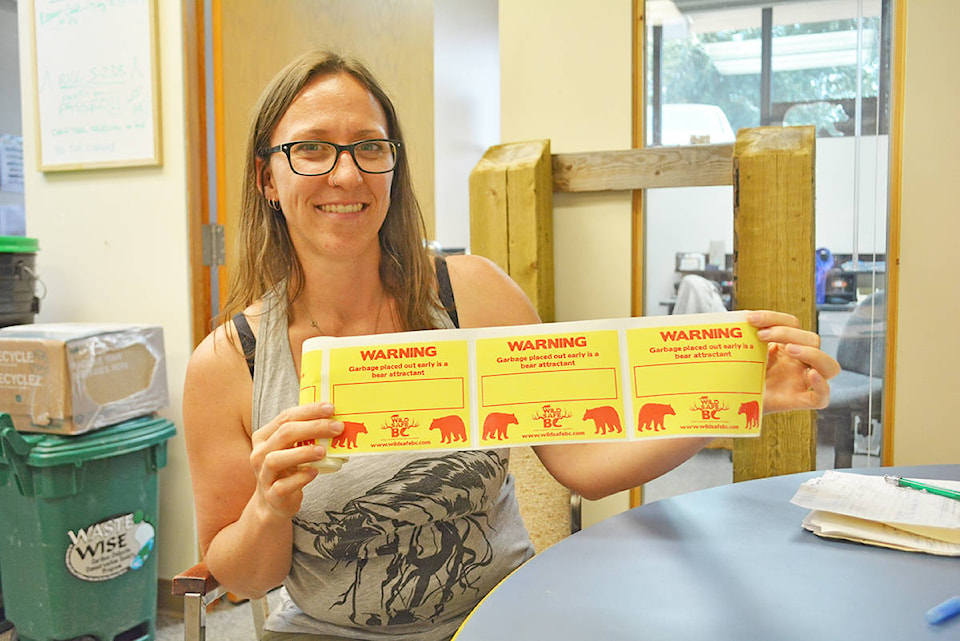Amber Gregg
Special to the Tribune/Advisor
The start of winter is an emotional roller coaster for me.
I begin to let go of the last hint of fall as I store my bike in preparation for snow and winter adventures. But as the season begins and the snow doesn’t fall, I feel stuck in limbo. There is still plenty of great biking to be had but the cold weather challenges my motivation.
My partner and I start looking at the calendar to figure out when we can head into the mountains; provided Mother Nature will co-operate.
I learned how to ski in the backcountry almost seven years ago. I am not a strong skier; my main goal is to get some fresh air, spend some quality time with my partner, and shred a turn or two.
Every year my stoke level increases and I look forward to getting out into the mountains. It would never occur to me that someday the mountains as we know them will not be there.
READ MORE: The small but mighty act of fixing things
Professionals in the ski industry are now discussing concerns about the effects of climate change on the mountain terrain and the likelihood that it will change the landscape dramatically.
It has created a deeper conversation among many skiers and outdoor enthusiasts about the effect that our activities have.
Improvements to transportation such as airplanes, helicopters, and snowmobiles have allowed us to access skiable terrain much more efficiently than in the past.
This means that if you see it, you can ski it.
First descents are thought of as a feather in the cap of those capable of skiing them but the effect of the transportation required to get us there is leading to last descents; routes that were once there for the skiing, are disappearing forever.
In February of 2019, professional skier Cody Townsend skied a line down the peak of British Columbia’s 8,927 foot Mt. Joffre.
By May, a massive landslide caused by melting permafrost ripped off the entire face of the mountain.
Most of us discuss climate change in a theoretical way as though it is occurring somewhere else.
It is now starting to hit closer to home with eyewitness accounts like this.
Many backcountry enthusiasts are starting to rethink the way they approach the mountains, literally. Electric snowmobiles are hitting the scene and more and more skiers are opting for exploring terrain closer to home on foot instead of by airplane or helicopter, or searching for adventure in other parts of the world.
READ MORE: Earth friendly choices challenging but rewarding
At the end of the day, anyone planning to head into the mountains typically has a healthy knowledge of the training and equipment needed for backcountry travel, including appropriate avalanche safety gear.
It is now also important to recognize and understand the impact our adventures have on the terrain and how we can make choices to limit this impact so we can continue to enjoy the mountains for years to come.
Conservation tip of the month: Making your own granola bars or energy balls for backcountry snacks is an easy and delicious way to cut down on packaging.
Amber Gregg is the sustainable life education co-ordinator with the Cariboo Chilcotin Conservation Society and the WildSafeBC co-ordinator with the Cariboo Regional District and the District of 100 Mile House.
Do you have a comment about this story? email:
editor@wltribune.com
Like us on Facebook and follow us on Twitter.
